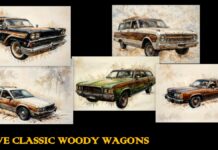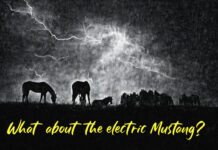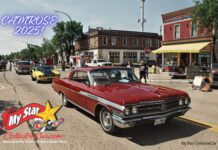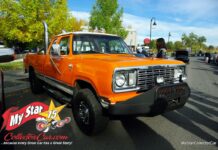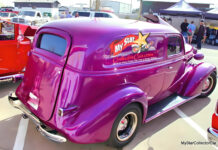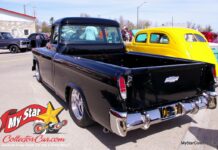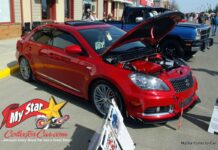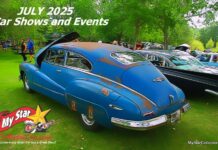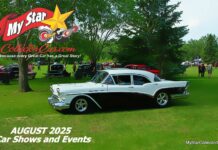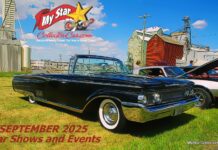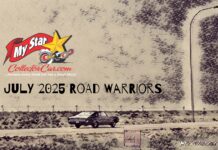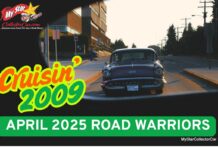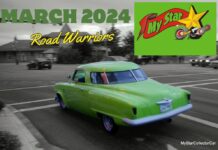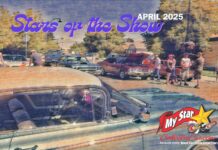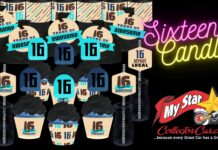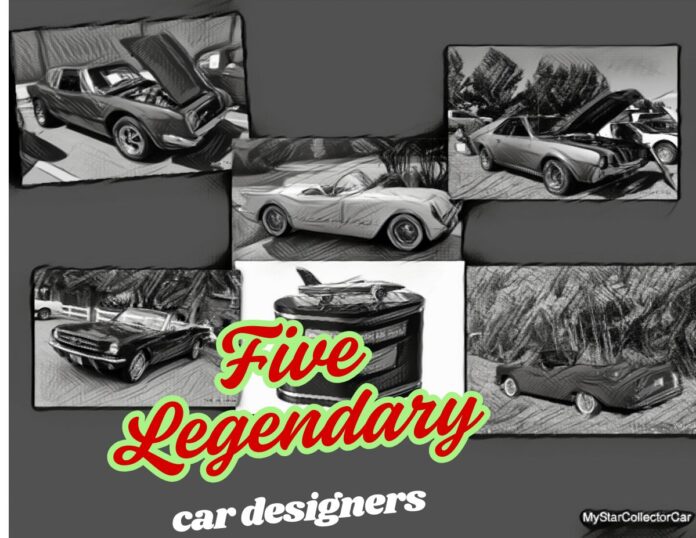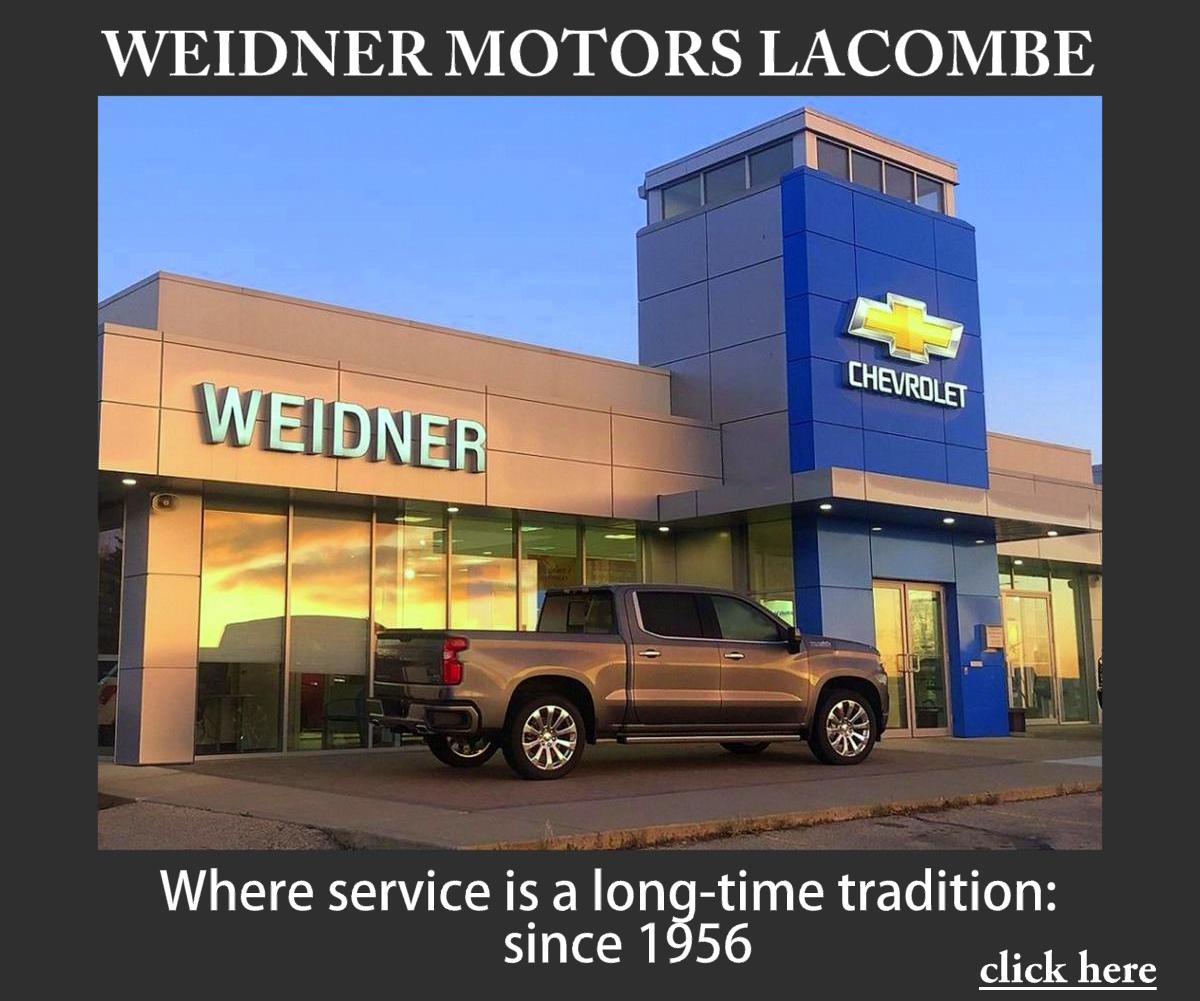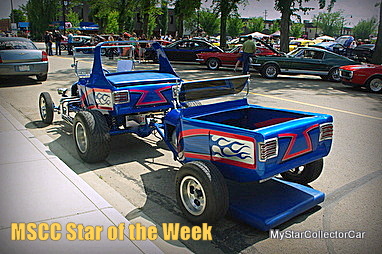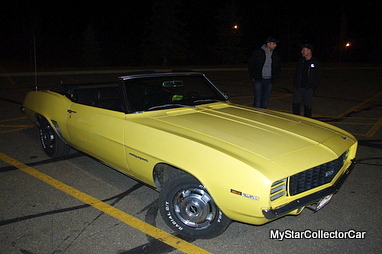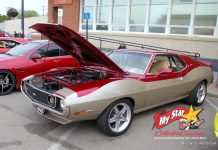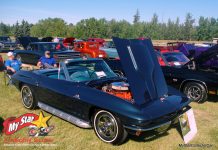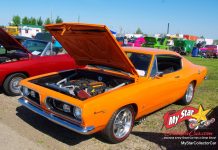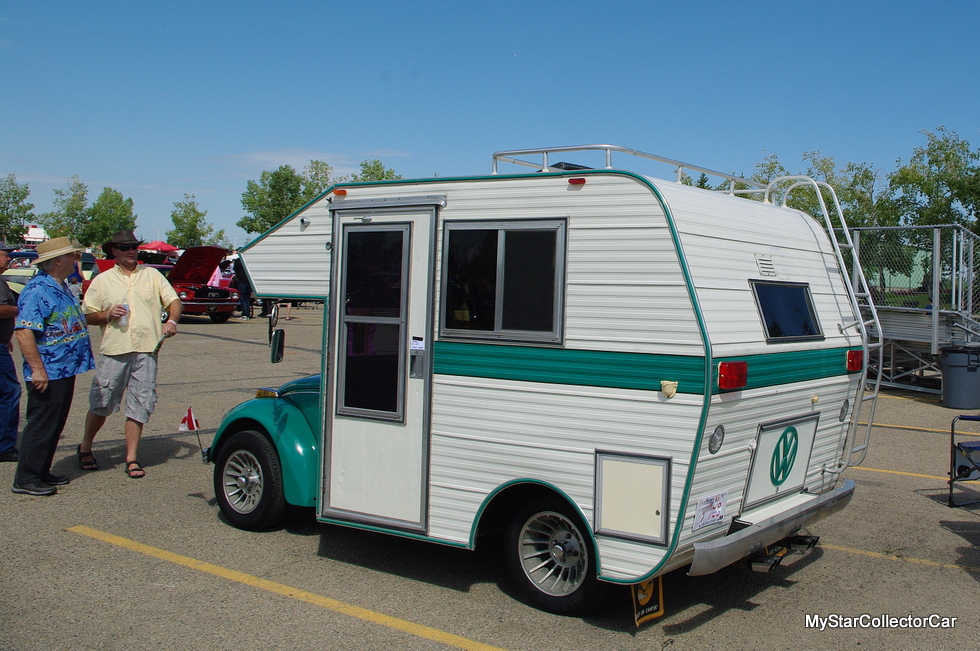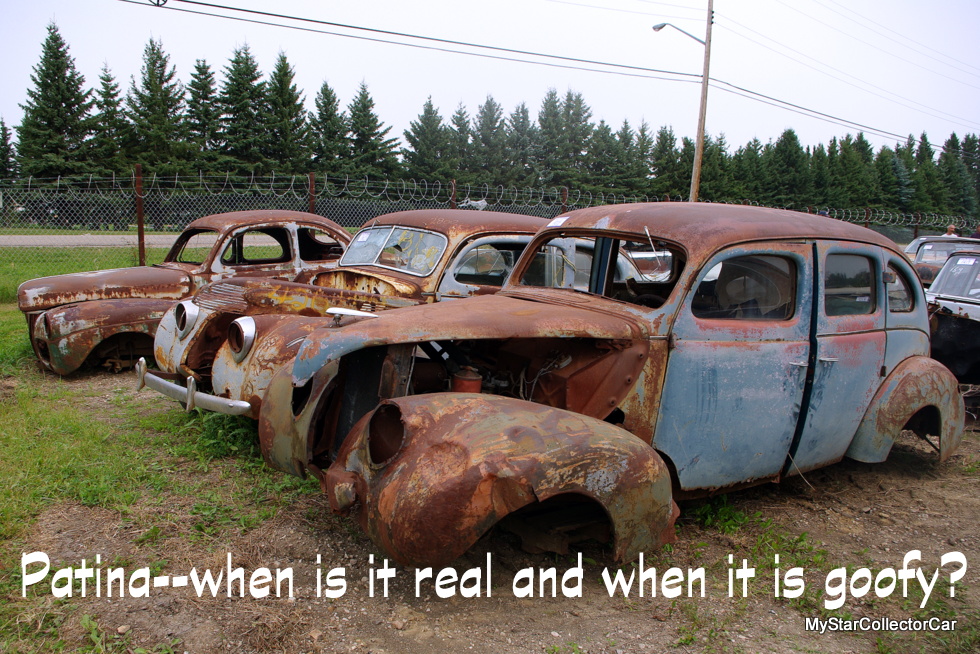A sold argument could be put forth about the cars built before World War Two because some of the most beautiful automotive designs in history were created during this time frame.
However, we at MyStarCollectorCar were born during the Baby Boom era, a time when striking cars were also built for buyers on this side of the Atlantic.
Therefore, we will stick to our knitting and talk about who provided the creativity behind the memorable domestic cars built after the war.
Jim Sutherland
One of the biggest names in our lineup was Harley Earl, the man behind the original Corvette and General Motors’ iconic fin car era during the 1950s, to name two of his many creations as a designer and GM executive.
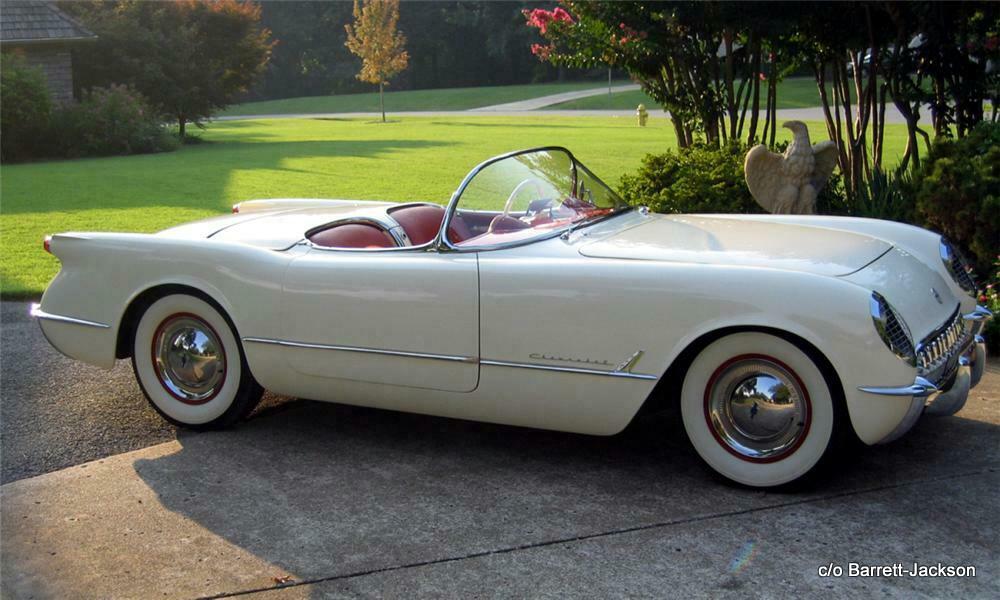
The genius of Harley Earl was given a permanent place of honor by NASCAR because the race circuit awards the Harley Earl trophy to the winner of the Daytona 500 every year. The trophy is unique because it showcases one of Earl’s famous Firebird prototype sports cars from the 1950s.

The second addition to our list is Virgil Exner, another automotive legend who was the creative force behind Chrysler’s famous Forward Look in the late 1950s. Exner’s finned fleet got him on Earl’s radar because the Forward Look cars looked out of this world in a space age way, arguably even more so than Harley Earl’s GM cars in the 1950s.

The late Fifties was a wild era because the Space Race was in its infancy when anything was possible, including cars with radical tailfins that looked ready for liftoff at the time. It was an idea that Chrysler’s Virgil Exner fully embraced with his car designs in his radical car design battle with General Motors’ Harley Earl.
The third member of our list is not as famous as Earl or Exner, but Raymond Loewy earned his way onto our list. Loewy was a French-born design genius who worked for numerous companies ranging from Coca Cola and Greyhound to Studebaker.
Loewy was heavily involved with the little car company after the war and created some memorable cars, most famously the Studebaker Avanti. The Avanti reflected Loewy’s ability to build an aerodynamic sports car on a tight budget. The iconic Studebaker road rocket also had a timeless design that looked like it belonged somewhere in the future when it debuted in 1962.
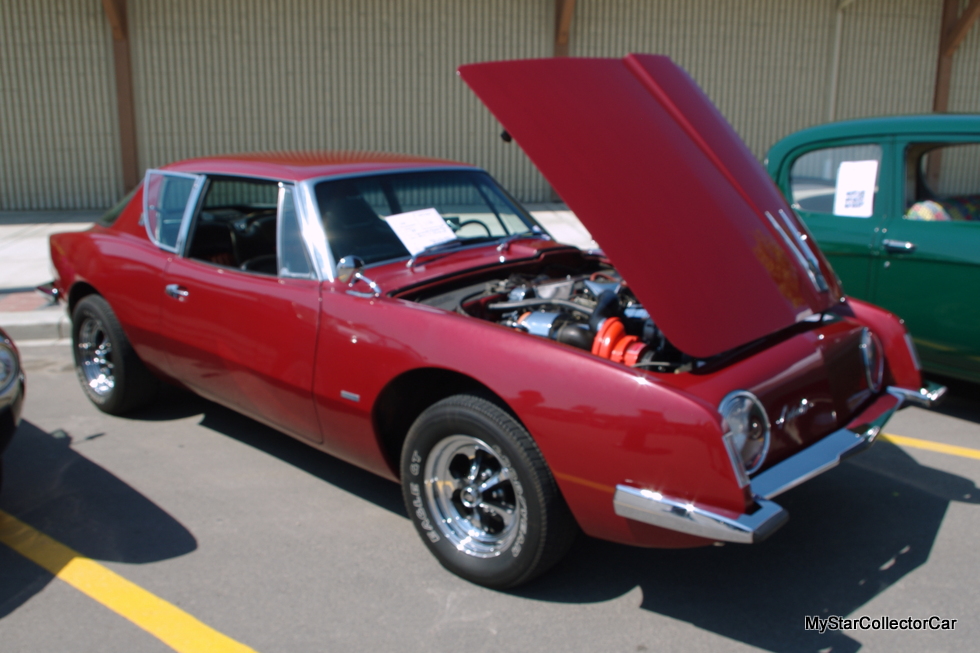
The cash-strapped parent company (Studebaker) was unable to throw money at Loewey’s creation so the first Avantis were only sold between June 1962 and December 1963. However, the car’s unique design was used by various entrepreneurs long after the final Avanti left the Studebaker factory. As a result, Avanti clones were indeed part of the future-just not with Studebaker.

Our fourth pick is another lesser-known car designer named Dick Teague, a talented automotive artist who worked with many car companies until his stint at American Motors allowed him to flex his creative muscles in a more vigorous fashion.
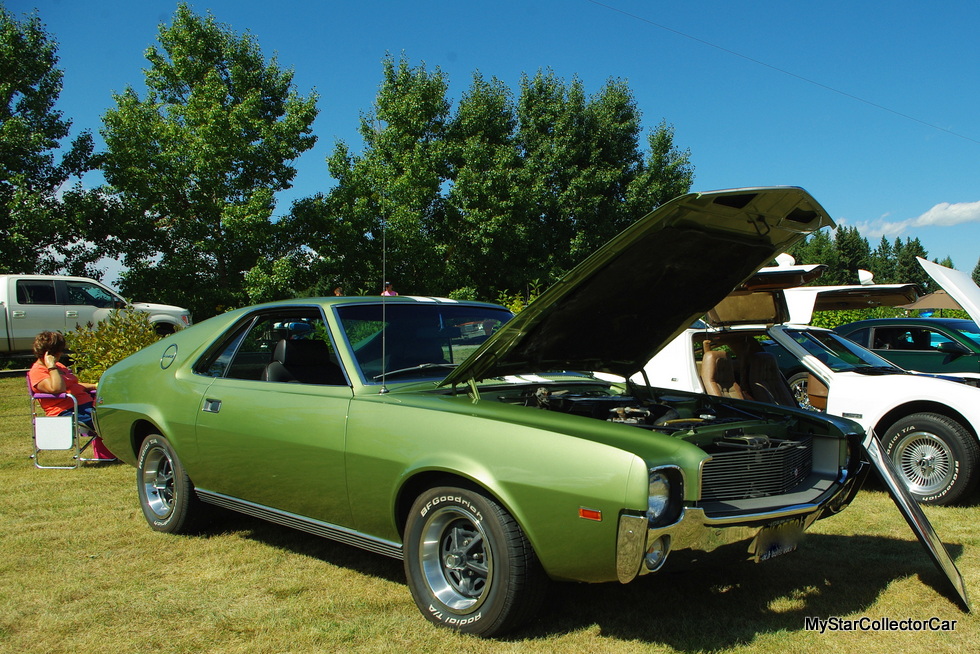
Teague had a few major design misses in the 1970s but hit his creative peak when he created the first-gen Javelin and AMX models. The two cars were heavily intertwined because the AMX was basically a shortened two-seater version of the four-seater Javelin since AMC operated on a tight budget. Teague was able to square the financial circle when his company built two distinctive models with essentially the same platform.
The fifth and final addition to our designer list is the creative genius behind the Ford Mustang. Most people credit Lee Iacocca with the design of the first Mustang and they would not be entirely wrong. But they would be mostly wrong.
Iacocca came up with the idea that Ford needed to build a sporty and affordable car during the early 1960s, but Iacocca just laid out his basic framework for the vehicle. In fact, the Mustang was created by Gene Halderman, a design manager at Ford who sketched out his vision of the car and presented his drawings to a team of designers.
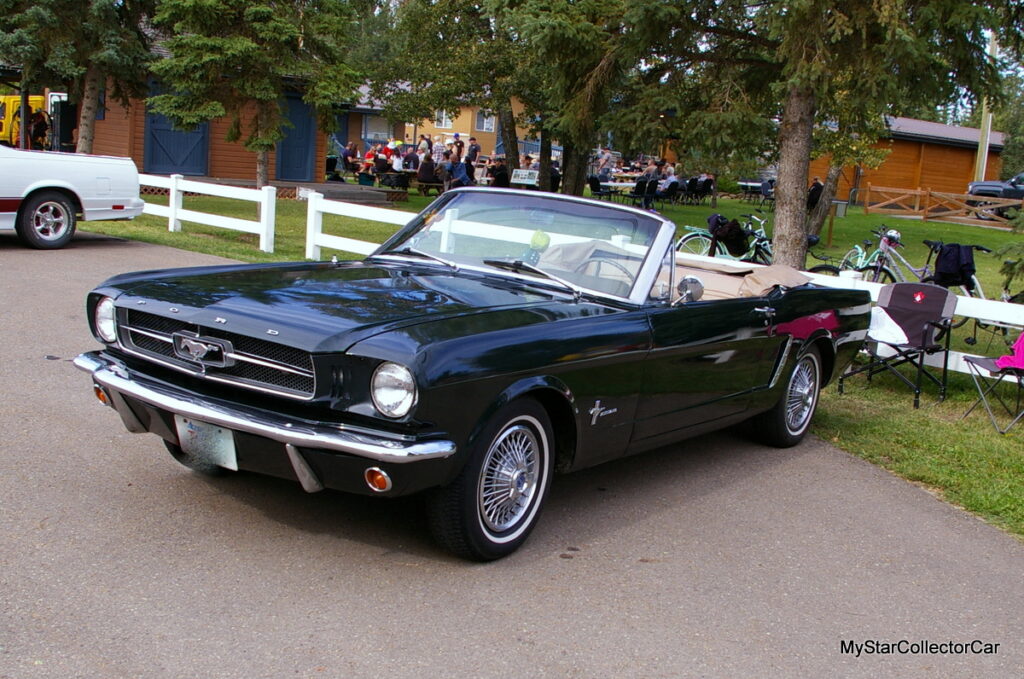
It would be fair to say the first-gen Mustang was a collaborative effort, but its final design stemmed from Halderman’s sketches, so we at MyStarCollectorCar will give him the credit for the iconic pony car.
There you have it, some famous and some not-so-famous design
Jim Sutherland
BY: Jim Sutherland
Jim Sutherland is a veteran automotive writer whose work has been published by many major print and online publications. The list includes Calgary Herald, The Truth About Cars, Red Deer Advocate, RPM Magazine, Edmonton Journal, Montreal Gazette, Windsor Star, Vancouver Province, and Post Media Wheels Section.
- CLICK HERE to Sign Up for the Newsletter
- CLICK HERE to Like us on Facebook
- CLICK HERE to Follow us on Twitter
- CLICK HERE to Follow us on Pinterest





